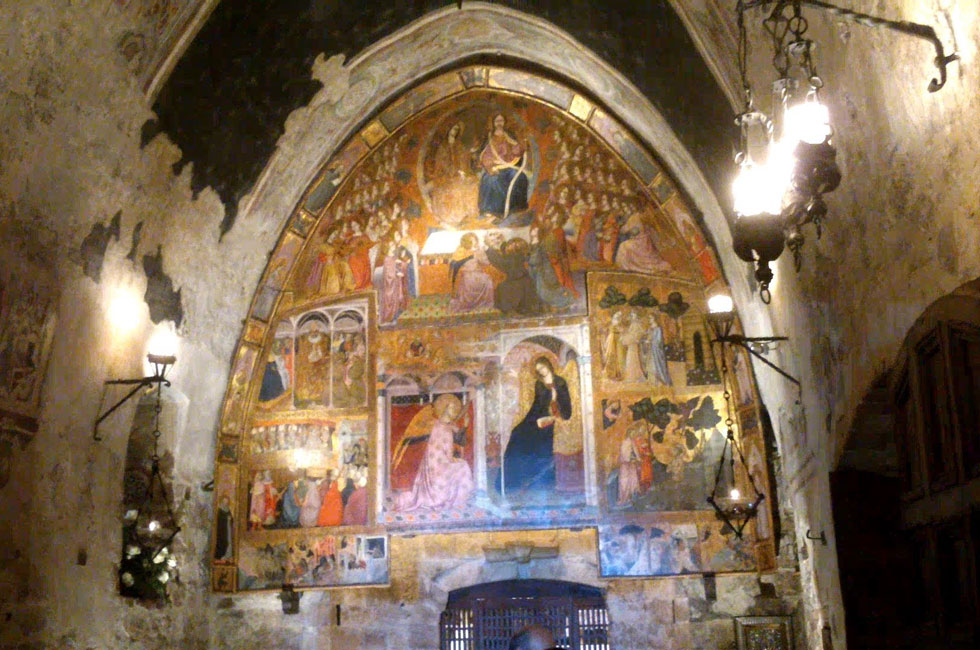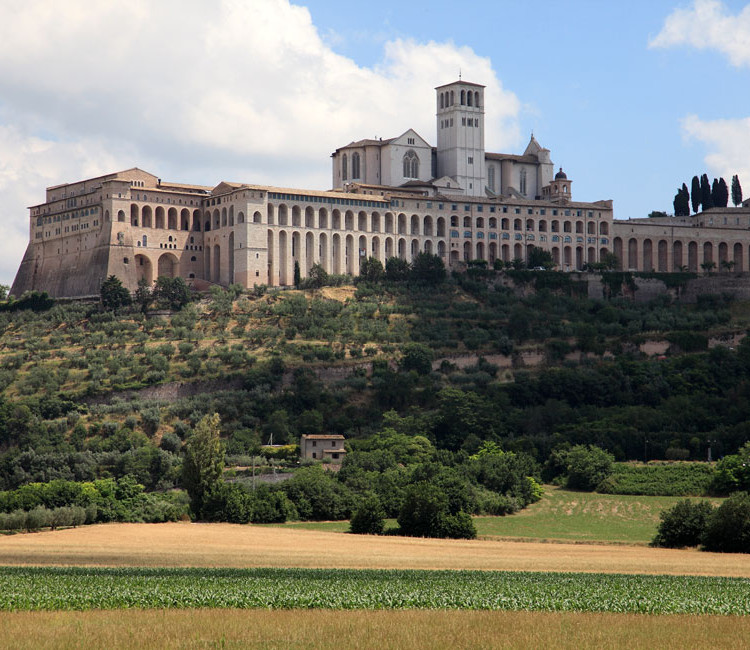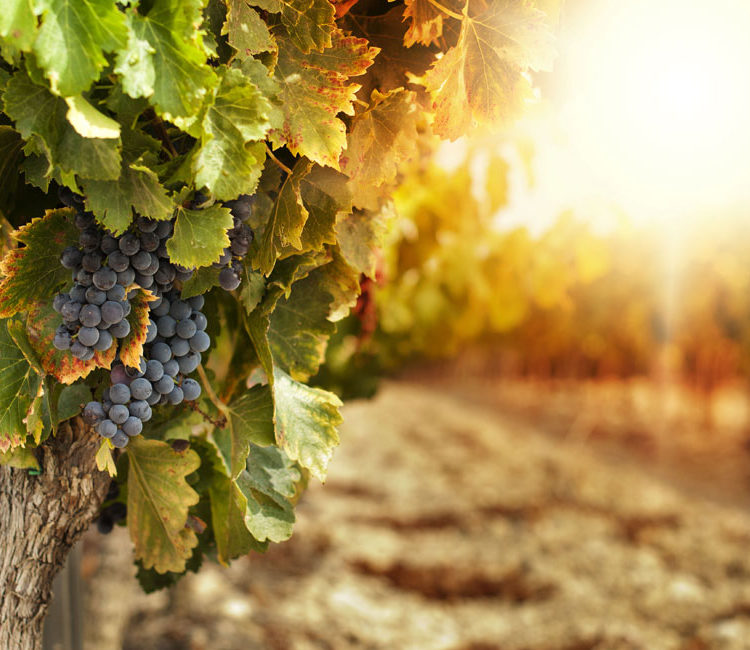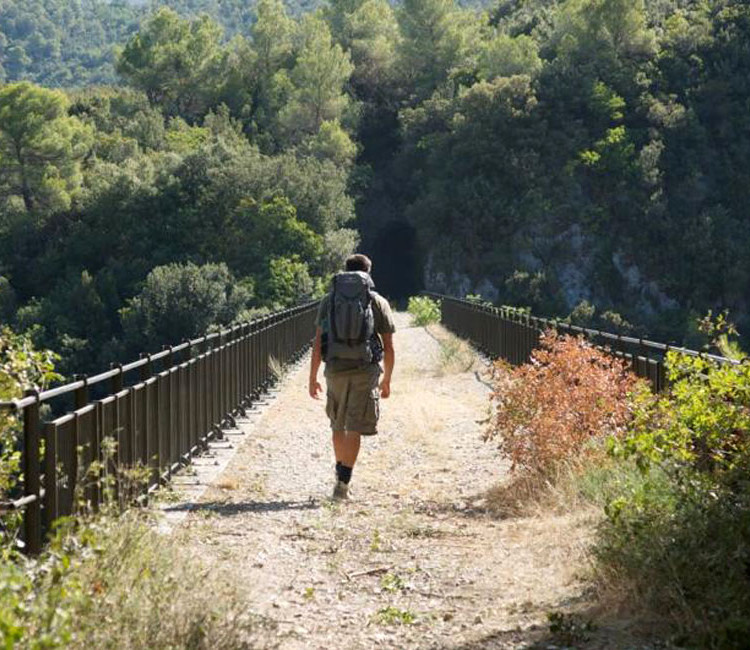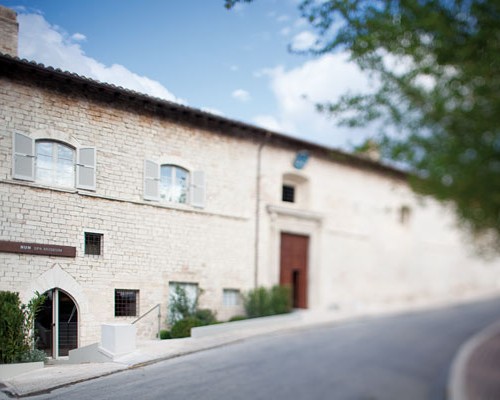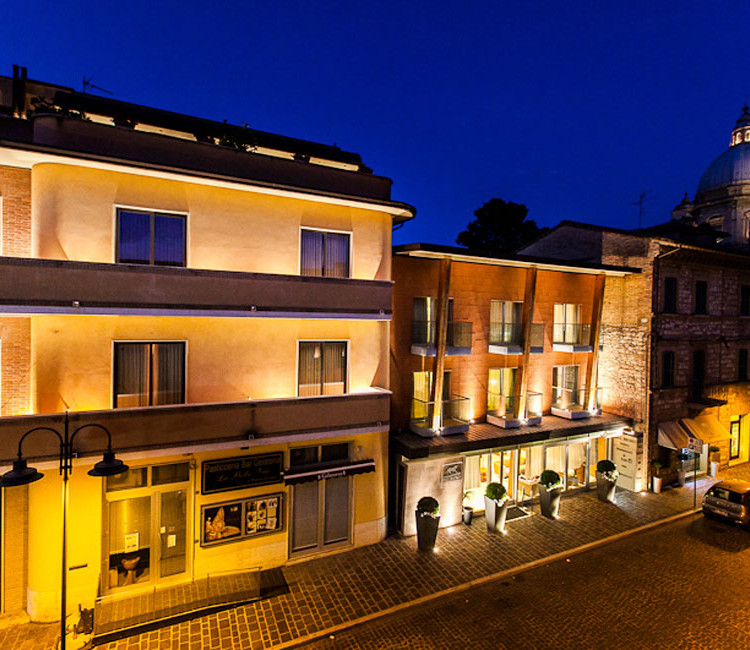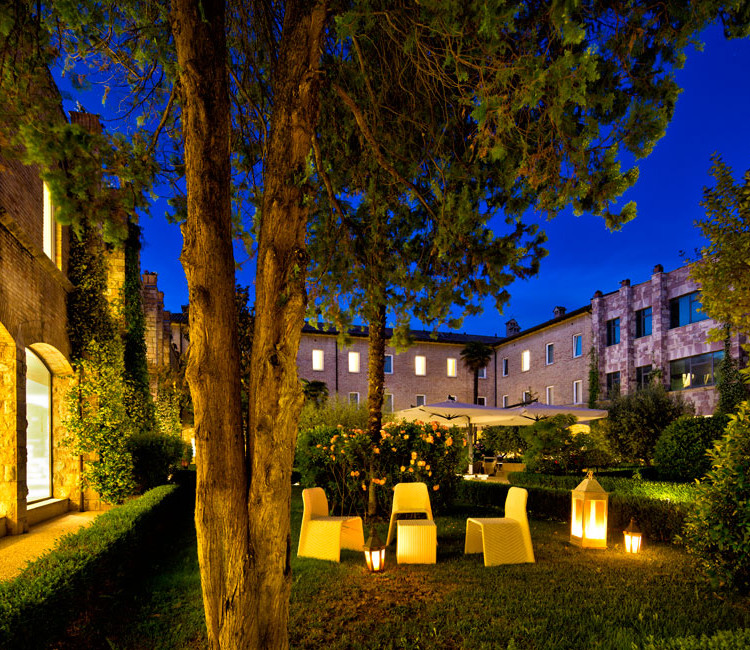Probably will be its position in the middle of peninsula that encloses and protects it, or will be the open space position or the hills that make it exclusive, but Umbria is perfect for spending relaxing and peaceful times. If you’re looking for a silence fugue, here you can find it. It’s the ‘land of saints’ but also the place for a soul path, for recreational routes of body and mind. Take a break and dedicate to yourself, creating unforgettable experiences.
Saint Benedetto (Norcia) and Saint Rita (Cascia)
The first figure that comes to mind when we think about Umbrian spirituality is of course Saint Francis. But, another big Saint born here in Umbria, nicknamed as religiosity ‘architect’ and creator of the monastery retreat: Saint Benedict. He was born in Norcia in 480 and from there started his preaching. In a few centuries in Umbrian territory arose many Benidictine monasteries that left a mark in the history of Catholicism. The monasteries he built are part of the culture and spirituality history, not only in Umbria and in Italy, but also in the whole Europe, and for this reason he has been nominated ‘patron of Europe’. Norcia is rich in artworks, all inside the old town walls.The white stone that covers most of the buildings emanates a particular light on the town. In Piazza San Benedetto (Saint Benedetto Square) we find the main sights: the Cathedral dedicated to the Saint and Palazzo Comunale (Council Palace), next to which there’s the Castellina, a fortress of XVI century. Although in the Cathedral there’s a mix of gothic, romanic and baroque style followed to the restoration projects during the centuries, it preserves a harmonious structure.
Walking through the town alleys you realize that this is not only a spiritual place; we are in the land of ‘norcineria’ and the landlady is the good cooking.
Few kilometres divide Norcia from Cascia, the land of Saint Rita, who cares about ‘impossible cases’. The main attractives of the town are the Shrine-Church and the Monastery of Saint Rita, two religious centres known worldwide, in which you can find a significant opportunity of reflection and prayer. A walk through the alleys of Cascia will allow you to discover its medieval structure looking at many of its historical and medieval buildings, as Palazzo Santi (Saints Palace), location of the Museum where there are many archeological evidences and refined wooden scupltures of XIV and XV centuries.
Saint Francis (Assisi)
Saint Francis was, in his own way, a revolutionary man: with his life brought everlasting changes. Assisi is, par excellence, the place where you can have a direct contact with the Saint, who was born and grew up here, at the beginning as a nobleman and then as charismatic faith man. Besides his famous Basilica di San Francis that welcomes you from the above and that contains a heap of great art celebrating Saint Francis, the town offers a charming path of 2 kilometres through the Chiesa di Santa Chiara (Saint Clare Church), the Cathedral and the beautiful Piazza del Comune (Town Square). Churches, buildings and quads are the places where history combines with Saint Francis’s life and medieval art: San Rufino, Chiesa Nuova (New Church) built on the ruins of the Saint birthplace, Oratorio di San Francesco Piccolino (Oratory of Little Saint Francis), Palazzo Comunale (Civil Palace) and the square with its charming shapes. The visit of Assisi fascinates for its beauty and mystic sense besides a peaceful atmosphere. Before or after the visit you can’t miss a stop at the Basilica di Santa Maria degli Angeli (Saint Mary of the Angels Church) which contains the ‘Porziuncola’, the ‘small-part’ from which begins the whole story of the Assisi Little Poor Man.






